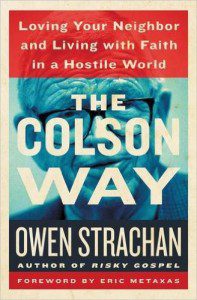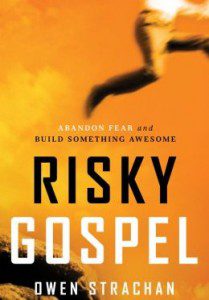 From a mesmeric piece on Robert Caro, biographer of Lyndon Baines Johnson, in Esquire:
From a mesmeric piece on Robert Caro, biographer of Lyndon Baines Johnson, in Esquire:
It’s important to him that each of Caro’s books looks and feels the same as the previous one and the next. He wants them to be built to last. Unfortunately, book building is another dying art. Bindings are glued instead of stitched; most hardcovers are made from paper rather than cloth; hinges aren’t as sharp as they used to be and half rounds aren’t as tight. “These are just things that have been lost in the march of time,” Hughes says. Today, he looks at books and sees weakness as often as he sees beauty.
He sees it especially in something he calls “mousetrapping,” one of our invisible modern plagues. He opens the three Caro books to demonstrate: Each stays open on his desk. Each lies flat. Hughes then finds a more recent book, and no matter how much he cracks its spine, it wants to snap shut. “It’s like we’re asking readers to close them,” he says. The Passage of Power, Hughes says, will lie flat. He has a printer in Berryville, Virginia, that will make this book the way the others were made. It will be wrapped with the same thick black cloth, stamped with the same gold lettering, printed with the same pleasing wide gutter and colored endpaper. Hughes rises in his chair when he imagines it — he can picture himself opening those heavy cardboard boxes when they arrive from Virginia, hopefully sometime before May. “I’ll be absolutely thrilled. It’s pure joy for me, and it’s never gone away.”
Read the whole piece on Caro. Here’s the book with which the long-form essay deals. (Long live long-form literature, by the way.)
I am not scared of the eBook. Technology will have its way with books as it does with many things. But that does not mean that the physical book, produced with loving care and all manner of technical and artisanal expertise, is not a minor work of art. It is.
Well-produced, the physical book is an aesthetic feast. The experience it affords is far superior to that of even a high-end eReader. That’s the irony with all of this publishing technology–for an industry entranced by aesthetics, the physical book, with its heft, and smell, and craftsmanship, far outpaces the eReader.
The current interest in “makers” and “artisans” shows that, much as many of us (including me) are thankful for certain technological advances like, say, the iPhone, we are also deeply interested in things made carefully, lovingly, and even at great cost.
What gives a better scriptural reading experience–pixels on a screen or a highly treasured physical Bible? For me it’s no contest.
(HT: JT)











